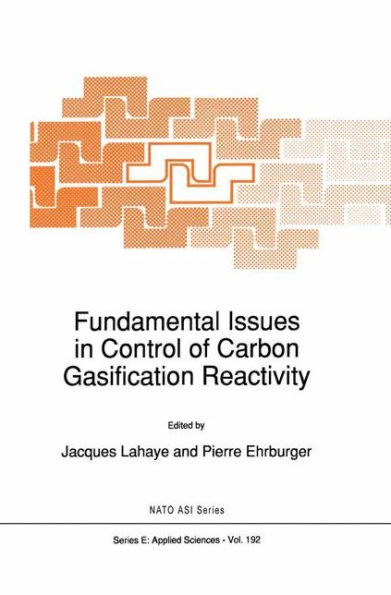5
1
9780792310808


Fundamental Issues in Control of Carbon Gasification Reactivity / Edition 1 available in Hardcover

Fundamental Issues in Control of Carbon Gasification Reactivity / Edition 1
- ISBN-10:
- 0792310802
- ISBN-13:
- 9780792310808
- Pub. Date:
- 01/31/1991
- Publisher:
- Springer Netherlands
- ISBN-10:
- 0792310802
- ISBN-13:
- 9780792310808
- Pub. Date:
- 01/31/1991
- Publisher:
- Springer Netherlands
329.99
In Stock

Product Details
| ISBN-13: | 9780792310808 |
|---|---|
| Publisher: | Springer Netherlands |
| Publication date: | 01/31/1991 |
| Series: | NATO Science Series E: , #192 |
| Edition description: | 1991 |
| Pages: | 622 |
| Product dimensions: | 6.10(w) x 9.25(h) x 0.36(d) |
From the B&N Reads Blog
